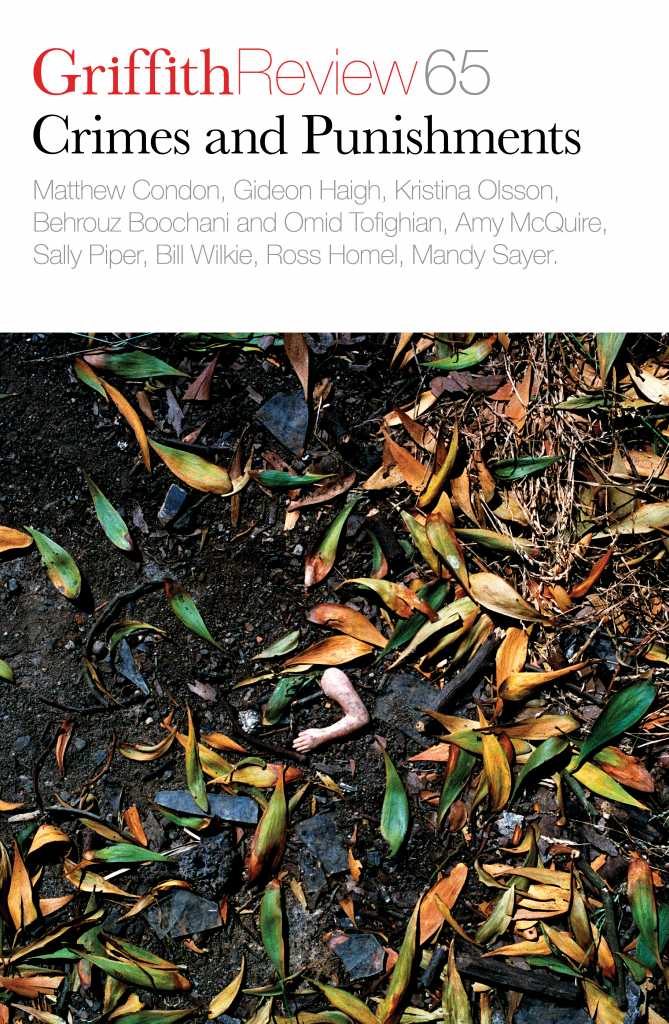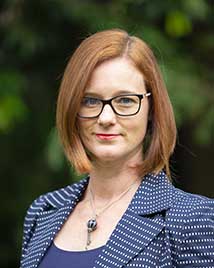Featured in

- Published 20190806
- ISBN: 9781925773798
- Extent: 264pp
- Paperback (234 x 153mm), eBook

Already a subscriber? Sign in here
If you are an educator or student wishing to access content for study purposes please contact us at griffithreview@griffith.edu.au
Share article
About the author

Danielle Arlanda Harris
Danielle Arlanda Harris is the deputy director (research) of the Griffith Youth Forensic Service and a senior lecturer in the School of Criminology and...
More from this edition

Prepping
FictionYOUR LAWYER – A woman, for Chrissakes, young and Australian – is making you do some last-minute prep-prep-prepping. That’s really what she calls it: ‘prep-prep-prepping’. But...

Looking at the big picture
EssayTHEY WRITE MUSICALS about it in the US; swear by it in Canada; swear about it in Australia; and use as it as a...

Enduring change
EssayPUBLIC INQUIRIES AND their subsequent reports suffer chequered histories in Australia. Some disappear with nary a trace, while others go on to effect real and...